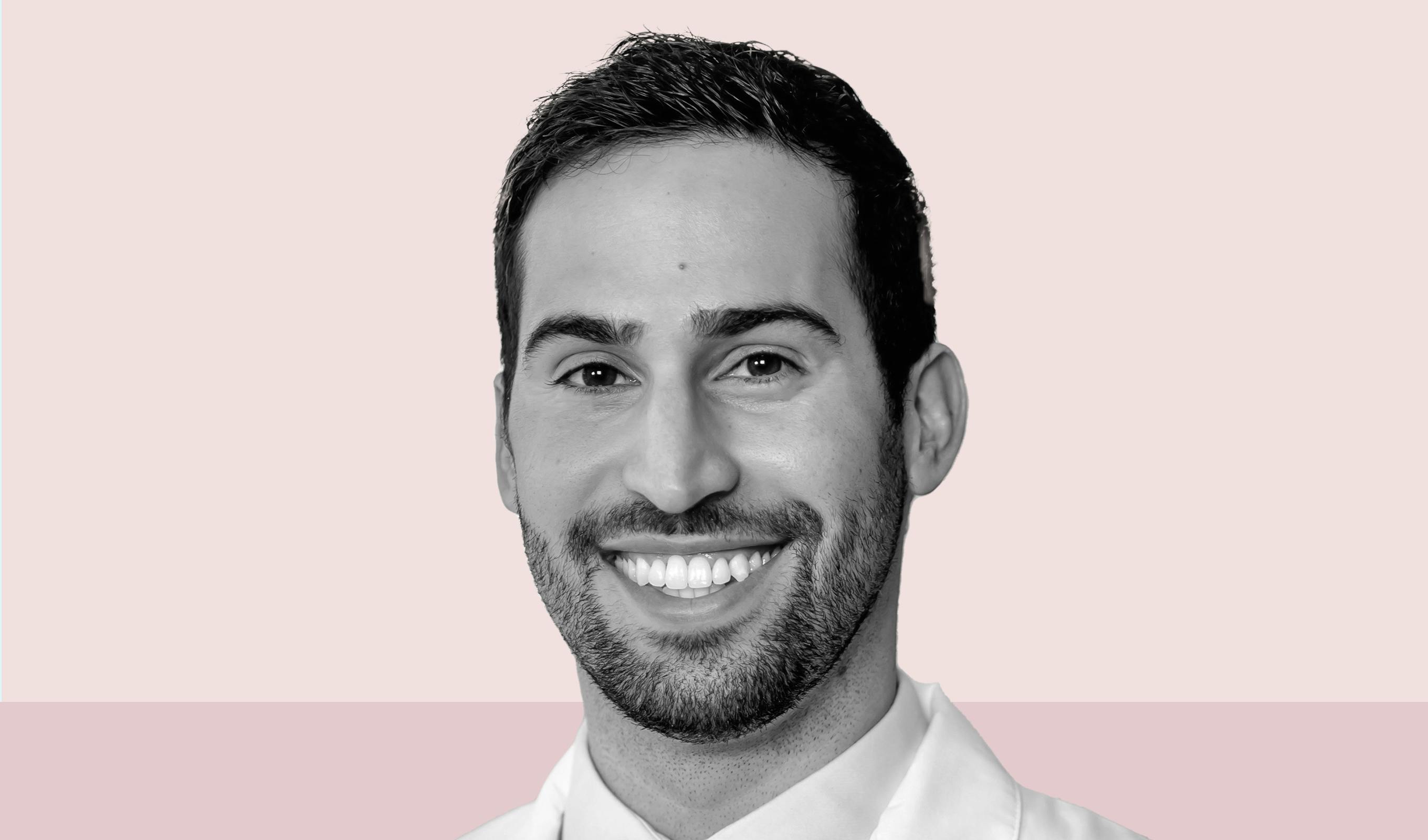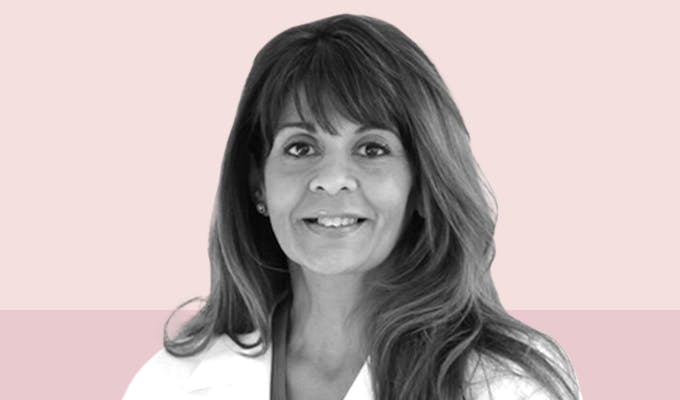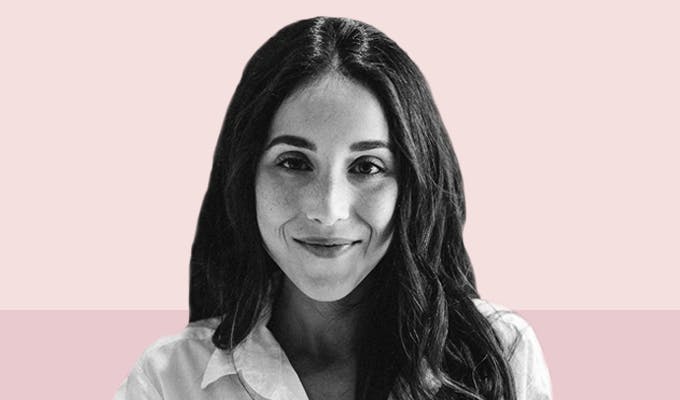WE HAVE BEEN FEATURED IN PUBLICATIONS SUCH AS:
WHY YOU CAN TRUST INNERBODY RESEARCH
54,067
Hours testing and researching health-related products and services (so you don't have to)
154
Collective years of health and research experience in our team
1,335,845
Health-related purchasing decisions we've helped our visitors make
HOW WE DELIVER RELIABLE INFORMATION
Experienced researchers and health professionals
Our researchers and writers focus entirely on health-related products, services, and in-depth studies. A board of medical professionals reviews our content so you can trust it completely. Helping you make the most of your healthcare has been our business for the past 20 years.
Going the distance with rigorous testing
We’ve purchased and tested hundreds of products and services ourselves to provide the most in-depth, actionable product comparisons possible so you can make decisions with confidence.
Keeping our reviews and guides up-to-date
In the sprawling and evolving home health industry, not a week goes by without the introduction of new products, services, or brand new companies. We constantly update our reviews and guides to deliver the latest, most accurate recommendations. You can count on us.



















